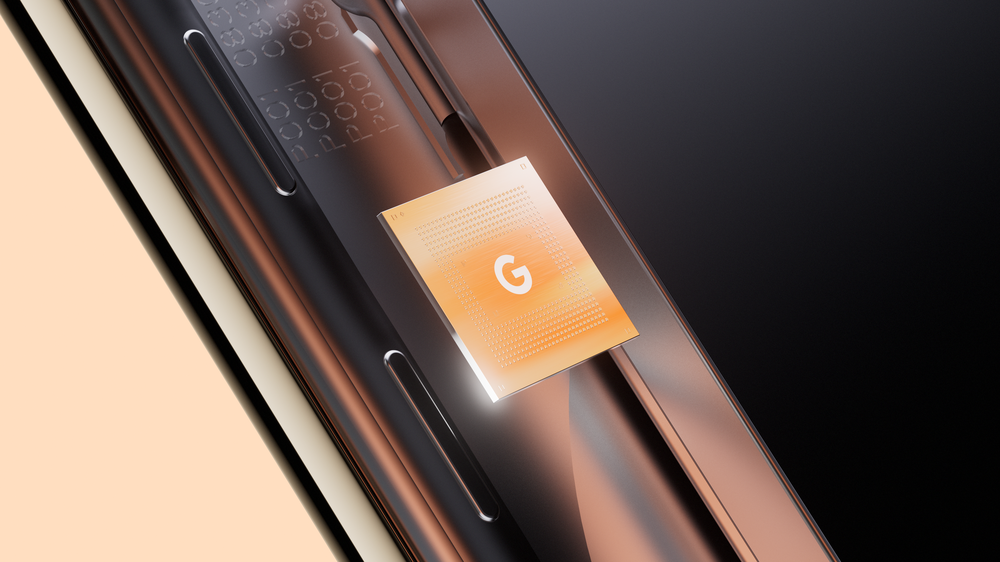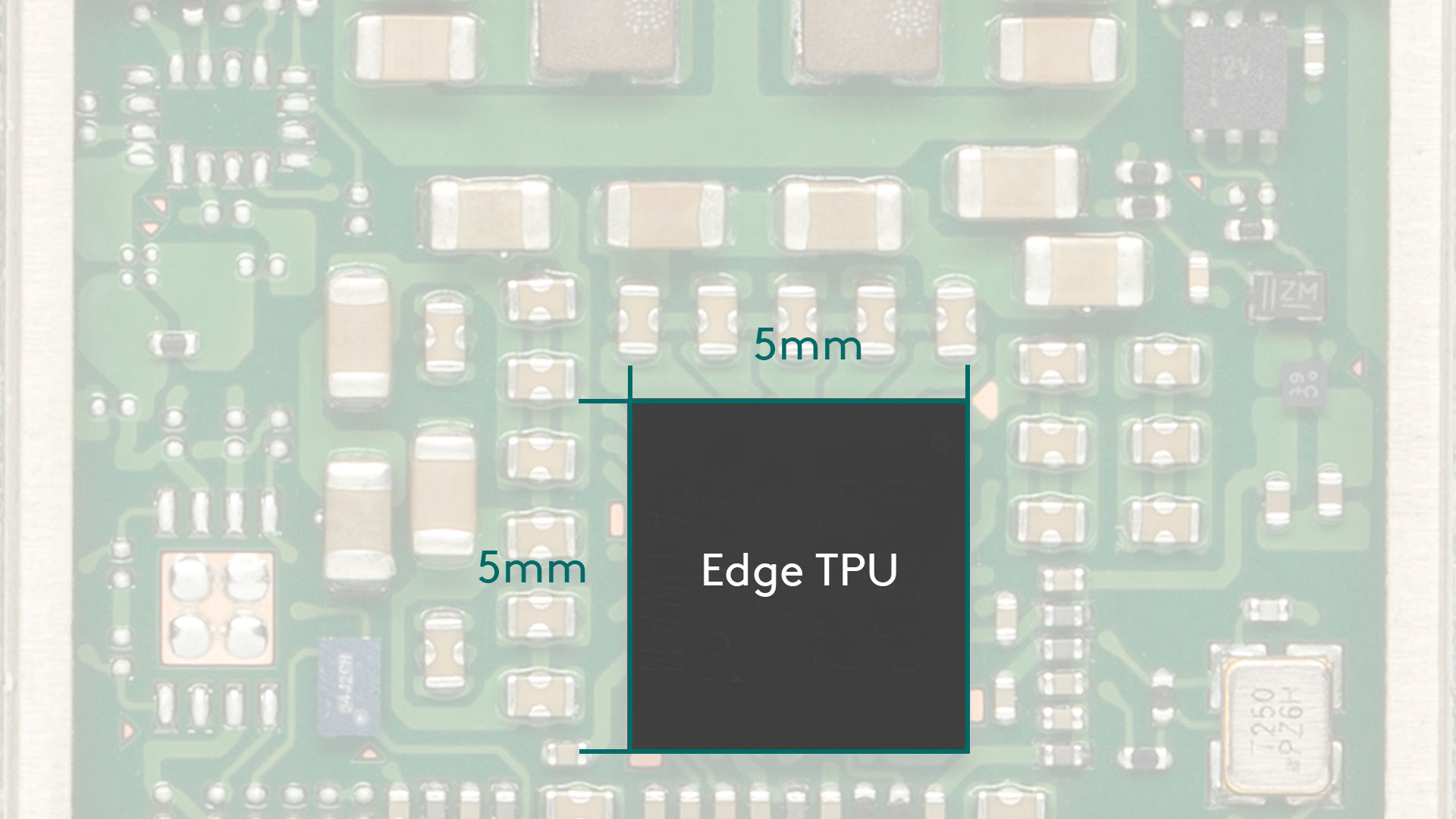Google previews new Pixel phones with AI-optimized Tensor chip
Google LLC today previewed its next two Pixel smartphones, which the search giant says will be powered by an internally-developed chip with an embedded machine learning module.
The Pixel 6 and Pixel 6 Pro are set to become available for consumers in the fall. Google will only share the devices’ full specifications at launch, but the company released a few key details early as part of today’s preview announcement.
The Pixel 6 and Pixel 6 Pro will feature a 6.4-inch FHD+ display and a 6.7-inch QHD+ display, respectively. FHD+ is the mobile industry acronym for a smartphone screen with a resolution of 2,220 pixels by 1,080 pixels while QHD+ describes a resolution of 3,200 by 1,800 pixels. Another difference between the two devices is that the Pixel 6 Pro will feature three rear cameras while the Pixel is set to ship with two.
Google is introducing the internally-developed chip powering the upcoming Pixel phones under the Tensor brand name. It’s a reference to the Tensor Processing Units the search giant uses in its data centers to run machine learning algorithms. As its name indicates, the Tensor chip inside the Pixel 6 and Pixel 6 Pro will feature a dedicated module for running machine learning code.
Google shared a high-level overview of the chip as part of today’s preview announcement.

The Tensor chip is being described as a system-on-chip, meaning it includes multiple processors each focused on a different set of computing tasks. Most smartphones are powered by SOCs. The Qualcomm Inc.-made SOC in Google’s current-generation Pixel 5, for example, has a central processing unit, a graphics processing unit, a machine learning module and several other components.
The Pixel 6 and Pixel 6 Pro can be expected to have a similar lineup of processing components. The devices will also ship with a new version of the Titan M, another custom-designed chip developed by search giant that it first added to the Pixel smartphone series in 2018. The new version is called the Titan M2.
The original Titan M chip launched in 2018 is a security processor that prevents malware from modifying the firmware on a user’s phone to carry out cyberattacks. The chip also prevents attempts to roll back a user’s Android installation to a previous, less secure version of the operating system and can double as a password vault.
As with the Tensor chip’s machine learning module, Google hasn’t shared many specifics about the new Titan M2. Customers can likely expect an expanded set of cybersecurity features. It’s also possible that, given the advances in chip fabrication technologies made since 2018, Google may produce the Titan M2 on a newer manufacturing process than the original to improve performance and power efficiency.
Reports from 2020 and earlier this year suggest that Google will partner with Samsung Electronics Co. Ltd. to manufacture the new Pixel phones’ Tensor chip. In April 2020, Axios reported that the search giant was planning to use Samsung’s five-nanometer semiconductor manufacturing process. Sources also told the publication that the chip’s embedded CPU will be based on an eight-core design from Arm Ltd.
That Google is using an Arm design for the CPU appears quite possible based on remarks made by Rick Osterloh, the search giant’s senior vice president of devices and services, in an interview with The Verge. The executive stated that the Tensor chip will have an “always-on computer” to manage low-level, low-power software processes. Many ARM-based mobile chip designs have a set of low-power cores specifically for running processes that require limited processing power and electricity.
Google is no stranger to semiconductor development. Besides the Tensor Processing Units running machine learning algorithms in its data centers and the Titan M security chip inside current Pixel phones, the search giant has also created a tiny artificial intelligence processor dubbed the Edge TPU. The processor is sold as part of Google’s Coral product line and measures just five millimeters by five millimeters.

The engineering insights that Google gleaned while developing the Edge TPU may have helped during the design of the Tensor chip’s machine learning module. Being part of a smartphone chip, the module has to prioritize power and space efficiency just like the Edge TPU.
Images: Google
A message from John Furrier, co-founder of SiliconANGLE:
Your vote of support is important to us and it helps us keep the content FREE.
One click below supports our mission to provide free, deep, and relevant content.
Join our community on YouTube
Join the community that includes more than 15,000 #CubeAlumni experts, including Amazon.com CEO Andy Jassy, Dell Technologies founder and CEO Michael Dell, Intel CEO Pat Gelsinger, and many more luminaries and experts.
THANK YOU













